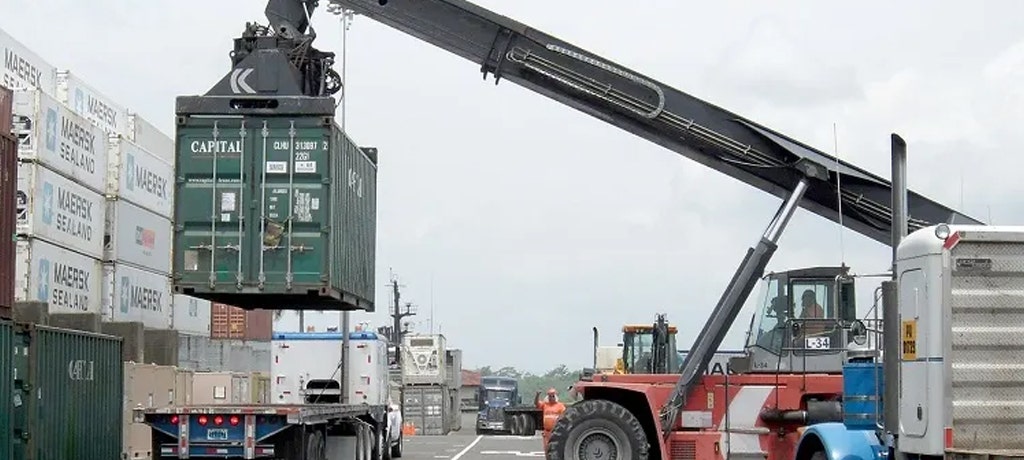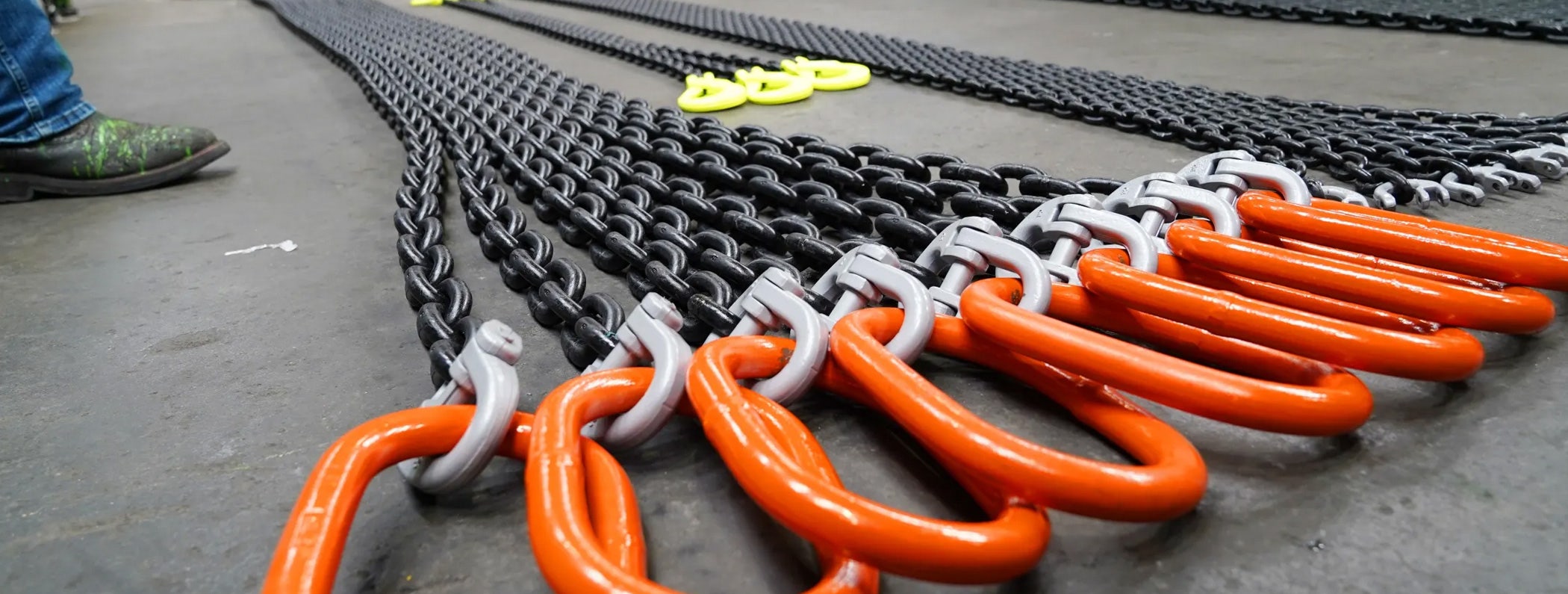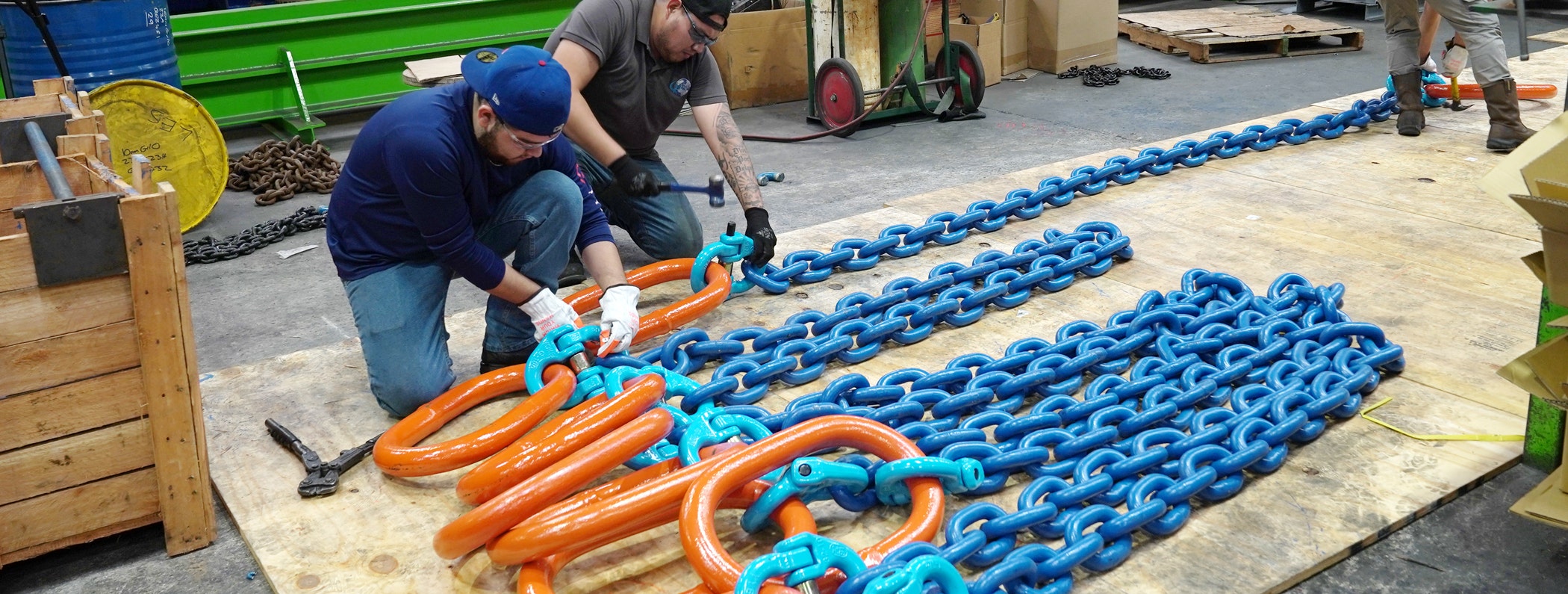How to Determine the Cost of Material Handling Equipment

Material handling involves moving, loading, unloading, pushing, pulling, storing, lifting, picking, placing, and retrieving products or goods in a factory or warehouse. It has been a critical part of supply chains and manufacturing processes worldwide.
With globalization, however, the demand for advanced material handling equipment and systems has increased. Manufacturers and suppliers are using these advanced solutions to reduce excess inventory, lower the risk of workplace injury, increase productivity, and minimize delivery time.
However, setting up an automated material handling system comes with a few challenges. Although they will help you save money in the long run, the automated lifting or handling material systems often lead to higher expenses, making it necessary to calculate the costs and ROI before making the big purchase.
Here’s how you can determine the cost of material handling systems or equipment.
A) Factors Determining the Cost of Material Handling Systems
Seven fundamental factors often determine the cost of a material handling system. Here they are:
- Shipping: Shipping costs include service fees for local, national, and international carriers for procuring and delivering both raw materials as well as finished goods. For international shipping, you will have to pay import and export fees depending on your shipping destination. You may exclude outbound shipping costs as they are borne by customers.
- Packaging: Usually, packaging costs are included in the overall shipping costs. However, you may have to pay extra for specialized packaging. You will also need to consider packaging material costs and labor costs for the same.
- Handling: Handling costs often include the labor required to move the load within the facility. Despite automation, you will be using manual labor in the storage area, assembly line, and work stations. Take these overheads into account while calculating the total system cost.
- Storage: Storage costs involve charges for warehouse infrastructure. You will also need to think about the salaries of warehouse employees if you haven’t already considered those in the overall handling costs.
- Installation and Training Charges: Setting up a new system will require you to pay one-time installation charges upfront. You will also need to pay for training your new workers. Be sure to take these costs into account.
- Utility or Energy: Whether it is the assembly line or warehouse, you will be paying a monthly service charge for utilities such as electricity and water. You will also need to buy fuel for trucks and other vehicles. The cost will vary depending on your requirements. For example, cold storage will require more electricity for temperature control compared to its regular counterpart.
- Maintenance and Repair: You will need to set aside some funds for preventive maintenance and the resulting downtime. You may also have to plan for unscheduled maintenance and downtime. These costs also need to be included in your ROI calculations.
B) How to Reduce Material Handling Costs
Although there is no alternative to investing in modern lifting or handling material, there are ways to drive your overall material handling costs down. You will need to continuously optimize various areas of your material handling system to make it more efficient, resulting in a quicker ROI.
Here’s what you can do:
- Make sure to avoid production bottlenecks in your material handling system. You can’t afford to keep any of the lifting or handling equipment idle due to poor system design.
- Be sure to eliminate re-handling as it increases overall handling costs. Keep the handling distance and time as low as possible.
- Provide required training to the workers, enabling them to make efficient use of material handling equipment.
- While preventive maintenance is necessary, avoid overdoing it. Excessive maintenance can lead to additional downtime, increasing your material handling system cost.
- Avoid excess inventories as they can tie up your capital and also consume additional storage space and increase material handling costs.
- Make efficient use of your floor space. For example, strategically placed mezzanines can help you utilize overhead space in a manufacturing plant.
- Avoid causing damage to the machines, raw material, or finished goods. Make sure every worker gets the required training for handling the equipment.
- Lastly, provide workers with safety training to prevent workplace injuries. A zero-accident policy will encourage them to work more efficiently.
C) Alternatives to Buying Material Handling Equipment
If you can’t afford to buy material handling equipment, you can rent or lease the required equipment. These options will help you reduce your upfront spending considerably.
1) Rental: Renting is suitable for short-term and high volume applications. For example, you can think of renting a few dozen forklifts during a peak holiday season to handle the extra material flow. However, renting material handling equipment is not economical in the long run. You can use this option as an experiment before going for the leasing option.
It offers you the flexibility to add or remove items from your list as per the changing freight volume. However, this flexibility comes at a high premium. Plus, the monthly charges may or may not include maintenance and repair costs. You also don’t get a buyout option at the end of the rental period.
2) Lease: If you are not buying the equipment right away, leasing is probably your best option. You should lease the equipment if your material handling requirement is growing steadily, and it is not likely to have sudden spikes in your freight volume.
The upfront cost is significantly lower than buying the equipment outright. Leasing also offers tax benefits as it is a tax-deductible operating expense in most states. As maintenance is usually included in your contract, you don’t have to pay extra except the fixed monthly service fee.
You have the following leasing options.
a) Fair Market Value (FMV) Lease: Also called an operating lease, an FMV is the most affordable leasing option. FMV leasing can result in Present Value (PV) savings of up to 14% over an outright purchase. It allows the lessee to buy the leased equipment at the market price. If not, you can return the equipment or upgrade to the new one. It comes with a fixed monthly payment. However, you need a good credit score to qualify for an FMV.
b) $1 Buyout Lease: Also called capital lease, a $1 buyout lease allows you to purchases the equipment for $1 at the end of the contract term. It is a suitable option if you are planning to lease the equipment for a longer period. It comes with a set lease term and fixed monthly payments.
c) TRAC (Terminal Rental Adjustment Clause) Lease: A TRAC lease adds more flexibility to a $1 buyout lease. It allows you to negotiate your residual, monthly payments, and sometimes even term lengths. At the end of the term, you can buy the equipment for the predetermined residual value or the lessor can sell it. However, if the lessor sells it for more than the residual value, you will get the difference. If not, you will need to reimburse the lessor for the loss.
However, leasing also comes with a few drawbacks. Unlike an outright buyout, you can’t use leased equipment for company valuation or as collateral for business loans. In the long run, you may also end up paying more than the initial cost of the equipment. In short, you need to weigh in all of your options before making the final decision.
Wrapping Up
Although advanced lifting and handling equipment solutions can increase your productivity and efficiency, you have to pay a hefty upfront cost for modern material handling equipment. Hopefully, this post will not only help you understand the various aspects of material handling system costs but also cast light on the possible alternatives to an outright purchase. We will be happy to take this conversation forward. Feel free to share your doubts or concerns in your comments, and we will get back to you as quickly as possible.
Shop Online















